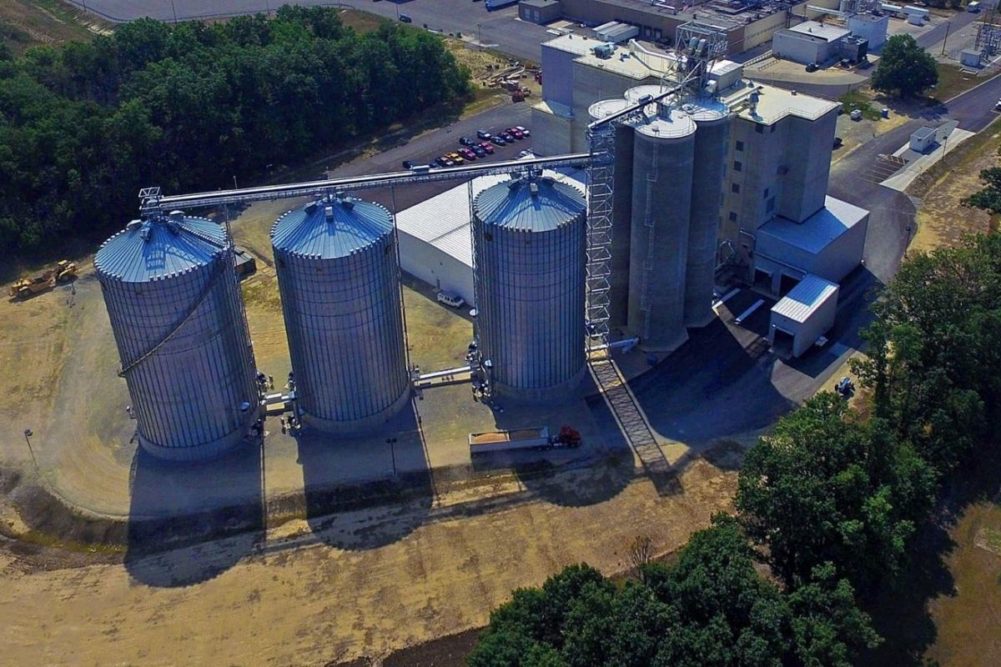CAMDEN, NEW JERSEY, US — Wheat is an important ingredient for Campbell Soup Co., finding use in a variety of products, from Goldfish crackers to Milano cookies. In 2021, Campbell Soup took steps to expand its wheat sustainability program, an initiative first introduced in 2017.
In its 2022 Corporate Responsibility Report published on March 24, Campbell Soup said its wheat sustainability program now covers 108,000 acres in Idaho, Maryland, Ohio and Pennsylvania, up from 70,000 acres of wheat enrolled in the program in fiscal 2020. Approximately 29% of Campbell Soup’s wheat volume is enrolled in the sustainability program, up from 19% in fiscal 2020, 8% in fiscal 2019 and 3% in fiscal 2018. At 29%, the total wheat volume enrolled is “well ahead of the halfway point” in meeting its goal to sustainably source 50% of wheat volumes by fiscal 2025, Campbell Soup said.
Campbell Soup said the sustainability program now covers wheat sourcing areas for all three of its baking plants where it makes Goldfish crackers and Pepperidge Farm cookies.
The expansion of the wheat sustainability program benefited from the addition of one new geography and two new partnerships with the company’s flour mill suppliers in 2021, Campbell Soup said. In the region of its Richmond, Utah, US, plant, Campbell Soup partnered with Ardent Mills and Nutrien Ag Solutions to launch a project utilizing Agrible, a digital platform that tracks sustainability improvements using field-level and agronomic data.
Meanwhile, in Willard, Ohio, US, Campbell Soup has partnered with Star of the West Milling Co. to ship finished flour directly from Star of the West’s flour mill to Campbell Soup’s baking plant via sealed tubes. According to Campbell Soup, the sealed tubes allow the company to bake with freshly milled flour while avoiding greenhouse gas emissions from trucks transporting the flour mill to bakery.
“Building our location in Willard was truly strategic in nature,” said Michael Fassezke, president of flour milling at Star of the West. “It is a long-term relationship that will minimize the impact of freight from both a cost and environmental perspective. Essentially overnight we eliminated thousands of semi-truck loads of product annually.”
For the full report, click here.






